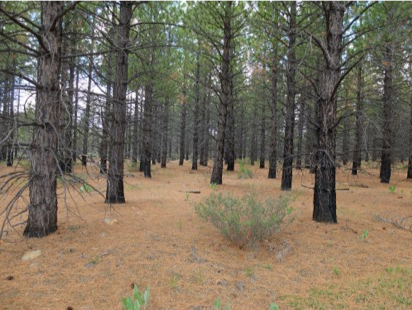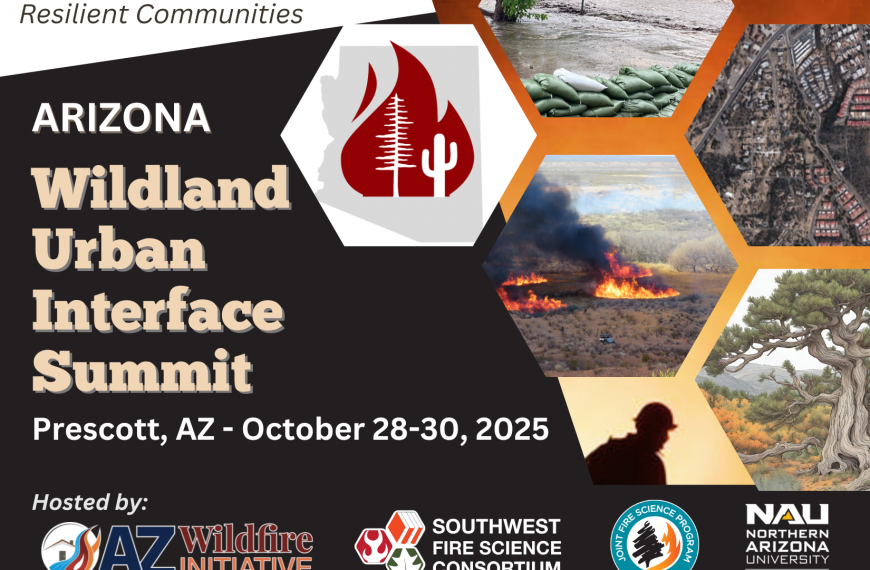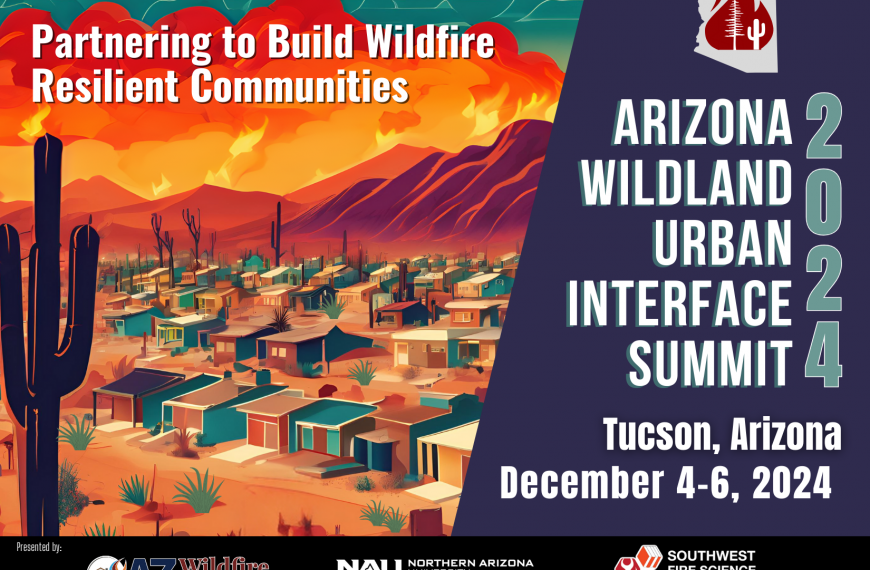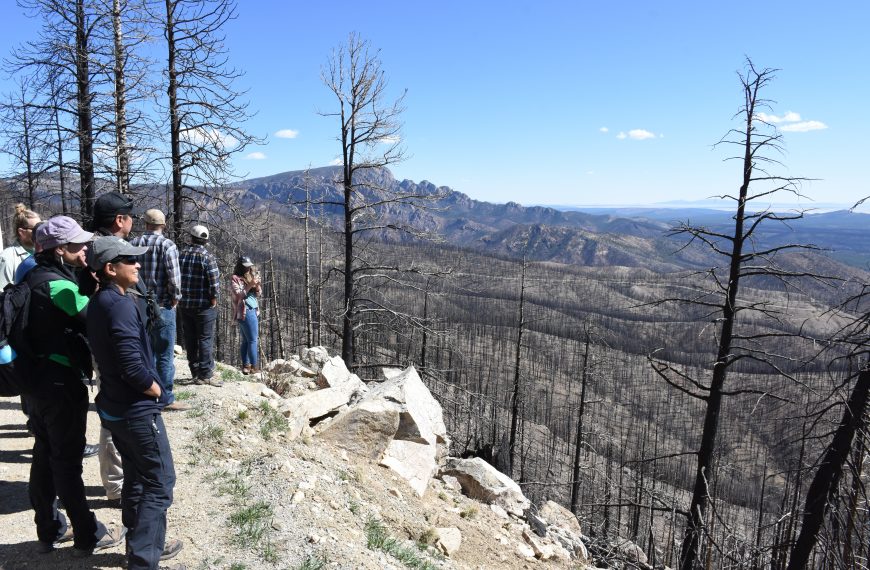Presenter: Jens Stevens, PhD, US Geological Survey
Date: May 2, 2019 11am AZ/12pm MDT
The increasing frequency and severity of fire and drought events have negatively impacted the capacity and success of reforestation efforts in many dry, western forests. Challenges to reforestation include the size, cost, and safety concerns of replanting large areas with standing dead trees, and high seedling and sapling mortality rates due to water stress, competing vegetation, and repeat fires that burn young stands. Resources for management are increasingly limited, reducing the capacity for young plantations to develop early resilience to fire, drought, and bark beetle stress. This talk summarizes recent research on the conditions under which current standard reforestation practices are no longer tenable, and provides suggestions on how these practices might be modified to improve their success. In particular I examine where and when plantations with regular tree spacing elevate the risk of future mortality, how planting density, spatial arrangement, and species composition might be modified to increase seedling and sapling survival through recurring drought and fire events, and how prescribed fire can be used to build resilience in young, developing stands. Within large areas of contiguous mortality, a “three zone” approach to reforestation following a major disturbance could include working with natural recruitment within a peripheral zone near live tree seed sources; planting a combination of clustered and regularly spaced seedlings in accessible areas; and a targeted founder stand approach in remote, steep terrain. Finally, I highlight limits to our current understanding of how young stands may respond and develop under these proposed planting and silvicultural practices, and identify areas where new research could be implemented to refine them. To view a recording of this webinar, click here!







